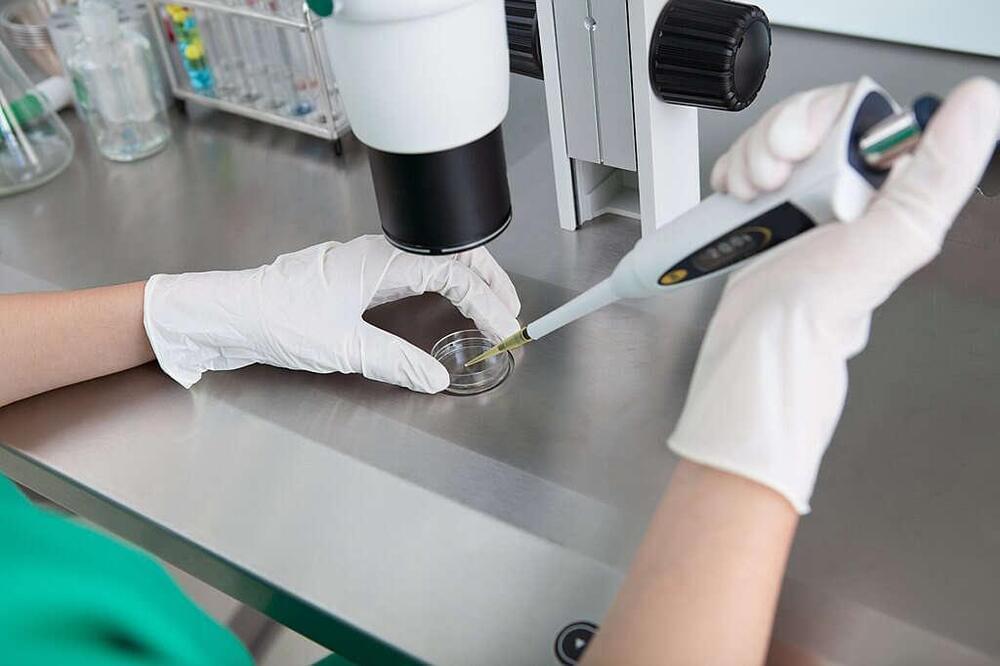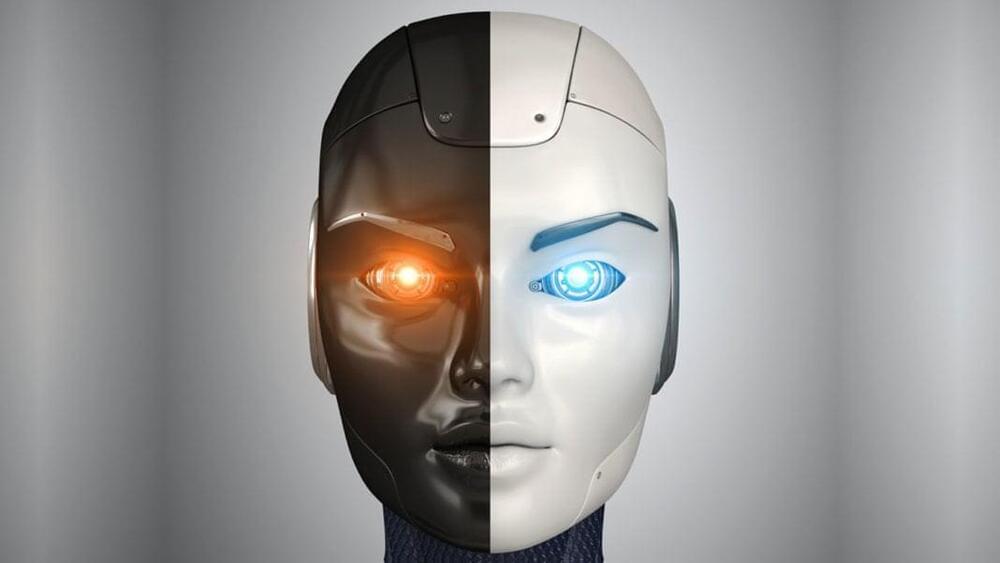Year 2022 😗
Bar-Ilan University researchers have developed a new technology that enables the use of nanoparticles to assist the body’s immune system to fight cancer.
Follow Israel Hayom on Facebook, Twitter, and Instagram
According to the research, published in the journal EMBO Molecular Medicine, the nanoparticles are used to eliminate obstacles in the malignant tumor’s environment that impede the normal activity of natural killer cells (a special sub-type of white blood cells called lymphocytes).








